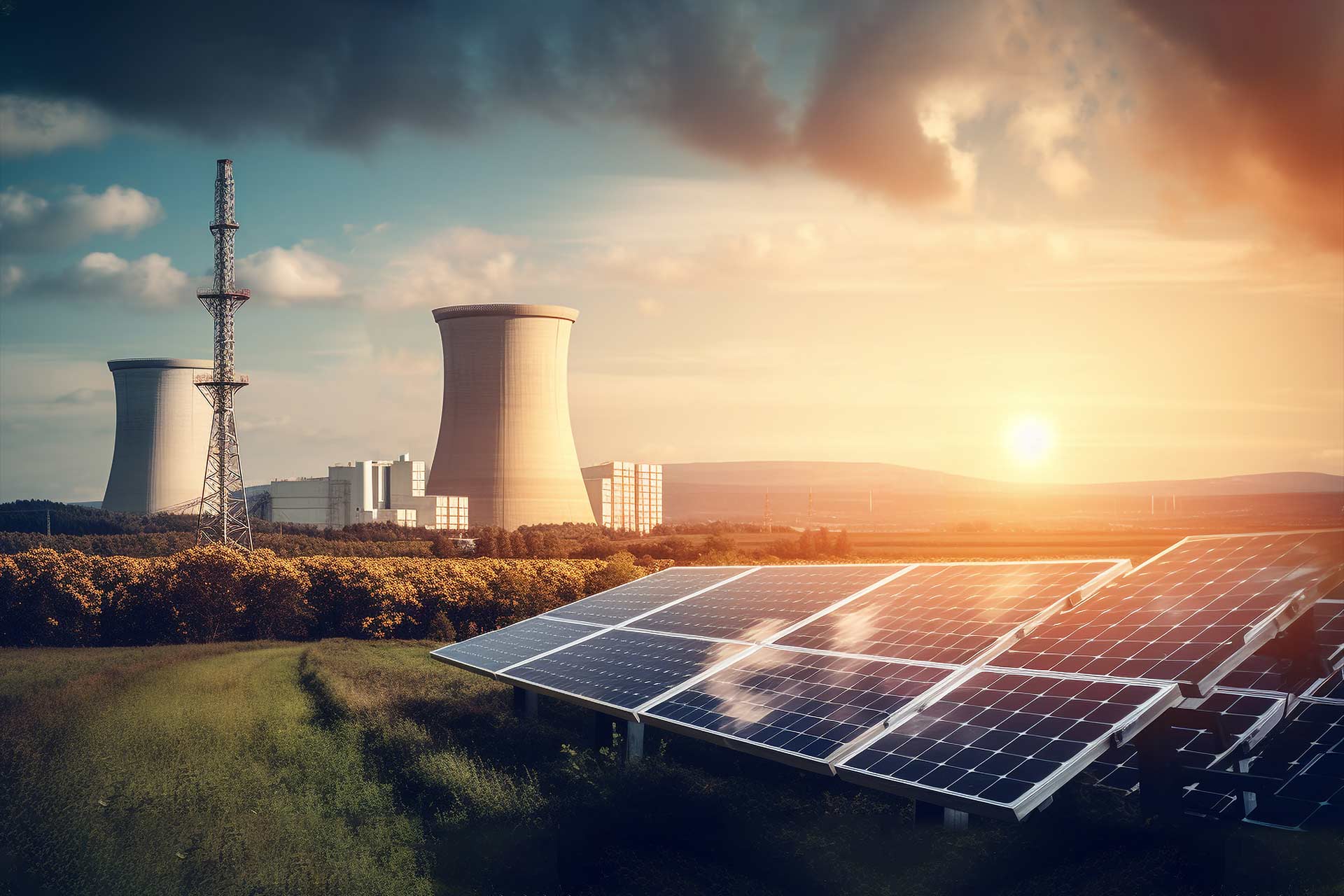Introduction:
In the quest for a sustainable future, solar energy and hydrogen fuel have emerged as leading contenders in the race to replace fossil fuels. Both offer promising solutions to combat climate change and reduce our carbon footprint. In this blog, we’ll delve into the strengths and weaknesses of solar energy and hydrogen fuel, comparing their potential impact, applications, and challenges. Let’s explore this clean energy face-off and determine which technology holds the key to a greener world.
Solar Energy:
Harnessing the sun’s power through photovoltaic cells, solar energy is a rapidly growing renewable source globally. Its advantages include:
- Abundance: The sun provides an endless supply of energy for generations to come.
- Low Costs: Minimal maintenance leads to cost-effective operation.
- Decentralization: On-site installations reduce energy losses and promote local energy independence.
- Environmental Friendliness: Solar energy generates no greenhouse gases or harmful pollutants.
However, solar energy does face some challenges:
- Intermittency: Power generation depends on weather conditions and daylight availability.
- Land Use: Large-scale solar farms may require significant land areas, impacting ecosystems and agriculture.
Hydrogen Fuel:
Often considered the ultimate clean fuel, hydrogen can be derived through electrolysis or from renewable sources like biomass or wind power. Its advantages include:
- Energy Storage: Hydrogen acts as a versatile energy carrier, enabling large-scale storage and balancing intermittent renewables.
- Zero Emissions: Combustion produces only water vapor, making hydrogen a potential solution to reduce emissions in various sectors.
- Long-Range Transport: Hydrogen can power long-haul transportation, where electric batteries may be impractical.
However, hydrogen fuel faces challenges:
- Production Complexity: Current hydrogen production demands significant energy, sometimes from fossil fuels.
- Storage and Transportation: Hydrogen’s low energy density requires special handling and safety measures.
Conclusion:
In the pursuit of a sustainable future, both solar energy and hydrogen fuel offer immense potential. Rather than pitting them against each other, combining their strengths could pave the way for a cleaner, greener planet. Embracing diverse renewable sources will be crucial in achieving our climate goals and ensuring a sustainable future for generations to come.



